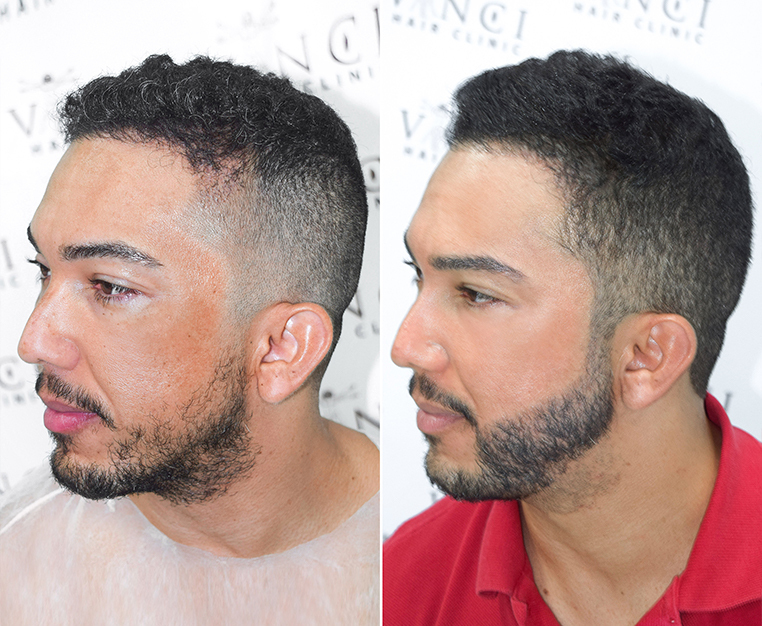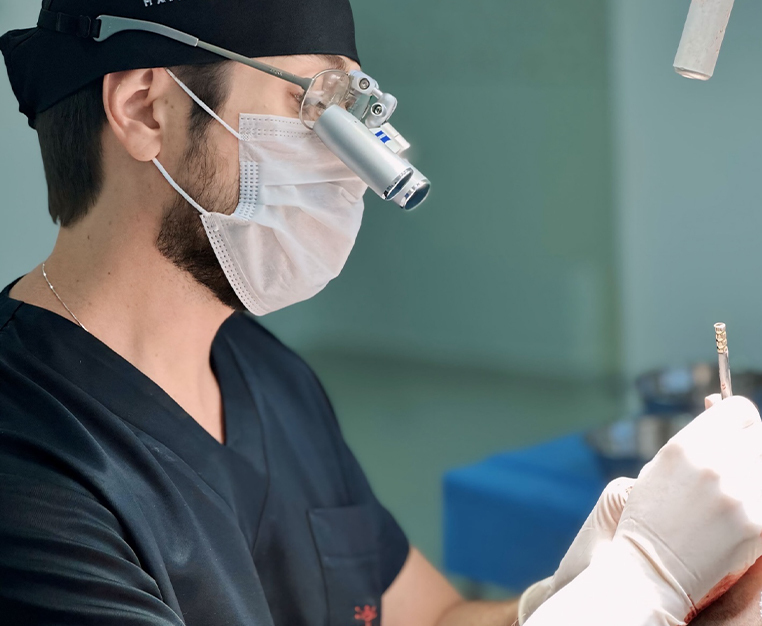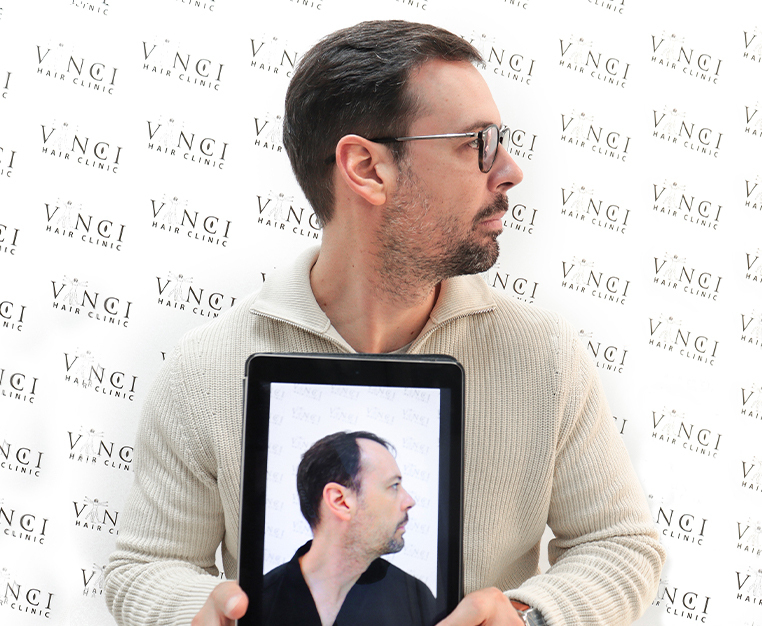Hair loss is a natural part of aging for many men and women. It can be a gradual thinning, a receding hairline, or even complete baldness. While there’s no shame in embracing a bald head, many people find that hair loss impacts their confidence and self-esteem.
For those seeking a solution, hair transplants have emerged as a popular and effective option. Even celebrities like Matthew McConaughey have publicly acknowledged utilising hair transplants to achieve a fuller head of hair.
This article will delve into everything you need to know about hair transplants, from the different techniques to the recovery process and what to expect.
Understanding Hair Transplants
Hair transplants are minimally invasive surgical procedures that involve moving hair follicles from a donor area on the scalp, typically the back and sides of the head, to a bald or thinning area. These transplanted follicles continue to grow naturally, providing a permanent and aesthetically pleasing solution for hair loss.
Types of Hair Transplant Techniques
There are two main types of hair transplant techniques: Follicular Unit Extraction (FUE) and Follicular Unit Transplantation (FUT).
- Follicular Unit Extraction (FUE): During FUE, individual follicular units are extracted one by one from the donor area using a small punch tool. This minimally invasive technique leaves minimal scarring and allows for a more natural-looking hairline.
- Follicular Unit Transplantation (FUT): In FUT, a strip of scalp is removed from the donor area. This strip is then dissected into individual follicular units which are transplanted into the recipient area. FUT can leave a linear scar at the donor site, but this is often hidden by surrounding hair.
Benefits of Hair Transplants
Hair transplants offer numerous benefits for those seeking to address hair loss:
- Permanent Results: Unlike medications or other hair loss treatments, hair transplants provide a permanent solution. Transplanted hair follicles will continue to grow naturally for life.
- Improved Confidence: Hair loss can negatively impact self-esteem. Hair transplants can help restore confidence and a youthful appearance.
- Minimal Scarring: Modern hair transplant techniques utilise minimally invasive procedures, resulting in minimal scarring.
- Natural-Looking Results: Experienced hair transplant surgeons can create a natural-looking hairline that blends seamlessly with existing hair.
- Wide Range of Applications: Hair transplants can be used to address a variety of hair loss concerns, from a receding hairline to complete baldness. They can also be used to restore eyebrows and even add density to facial hair.
Who is a Good Candidate for Hair Transplants?
Hair transplants are not a one-size-fits-all solution. Ideal candidates for hair transplants typically have:
- Stable hair loss patterns
- Realistic expectations
- Good overall health
- Enough donor hair density
The Hair Transplant Consultation
Before undergoing any hair transplant procedure, a thorough consultation with a qualified hair transplant surgeon is crucial. During the consultation, the surgeon will assess your scalp, discuss your hair loss goals, and recommend the most suitable hair transplant technique for your needs. They will also address any questions or concerns you may have.
The Hair Transplant Procedure
Hair transplants are typically performed on an outpatient basis under local anesthesia. The specific details of the procedure will vary depending on the chosen technique. However, the general process involves:
- Donor Hair Extraction: Hair follicles are extracted from the donor area using either FUE or FUT techniques.
- Follicle Preparation: The extracted follicles are carefully prepared for transplantation.
- Recipient Site Preparation: Tiny incisions are made in the recipient area where the hair follicles will be transplanted.
- Transplantation: The prepared follicles are then meticulously inserted into the recipient sites.
- Recovery: After the procedure, your scalp may be slightly tender and swollen. Most patients experience minimal discomfort and can return to work within a few days.
What to Expect After a Hair Transplant
Following a hair transplant procedure, you can expect:
- Scalp Sensitivity: The scalp may be tender and swollen for a few days.
- Scabbing: Tiny scabs may form around the transplanted follicles, which will naturally fall off within a week or two.
- Hair Shedding: It’s normal to experience temporary shedding of transplanted hair within the first few weeks. This is a normal part of the healing process, and the transplanted hair will eventually grow back.
- Limited Activity: You may be advised to avoid strenuous activity for a short period following the procedure.
Achieving Your Hair Loss Goals with Vinci Hair Clinic
Vinci Hair Clinic is a world leader in hair transplant surgery with over 15 years of experience and over 100,000 satisfied customers. Their team of 20+ specialist doctors utilises the latest hair transplant techniques to achieve natural-looking, permanent results.
Don’t wait any longer. Invest in your confidence with Vinci Hair Clinic.





